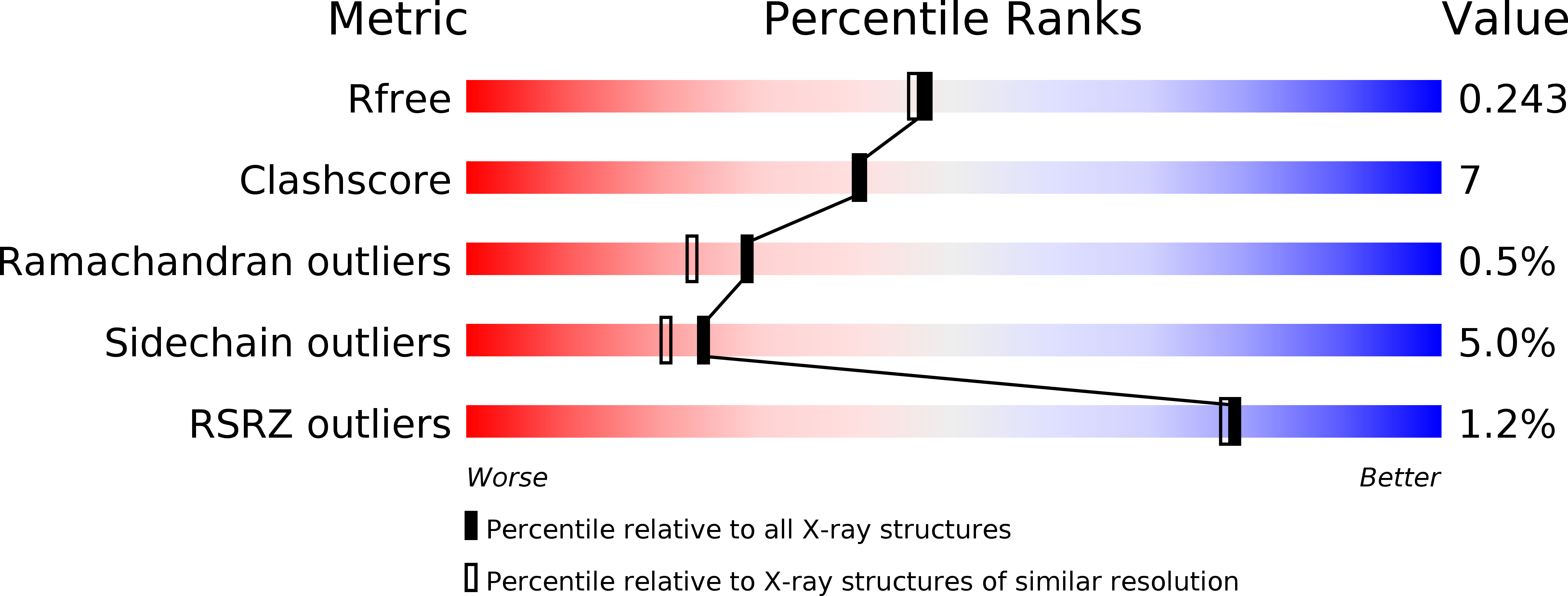
Deposition Date
2010-07-24
Release Date
2010-12-08
Last Version Date
2024-02-21
Entry Detail
PDB ID:
3O3F
Keywords:
Title:
T. maritima RNase H2 D107N in complex with nucleic acid substrate and magnesium ions
Biological Source:
Source Organism:
Thermotoga maritima (Taxon ID: 2336)
Host Organism:
Method Details:
Experimental Method:
Resolution:
2.00 Å
R-Value Free:
0.24
R-Value Work:
0.19
R-Value Observed:
0.19
Space Group:
C 1 2 1


